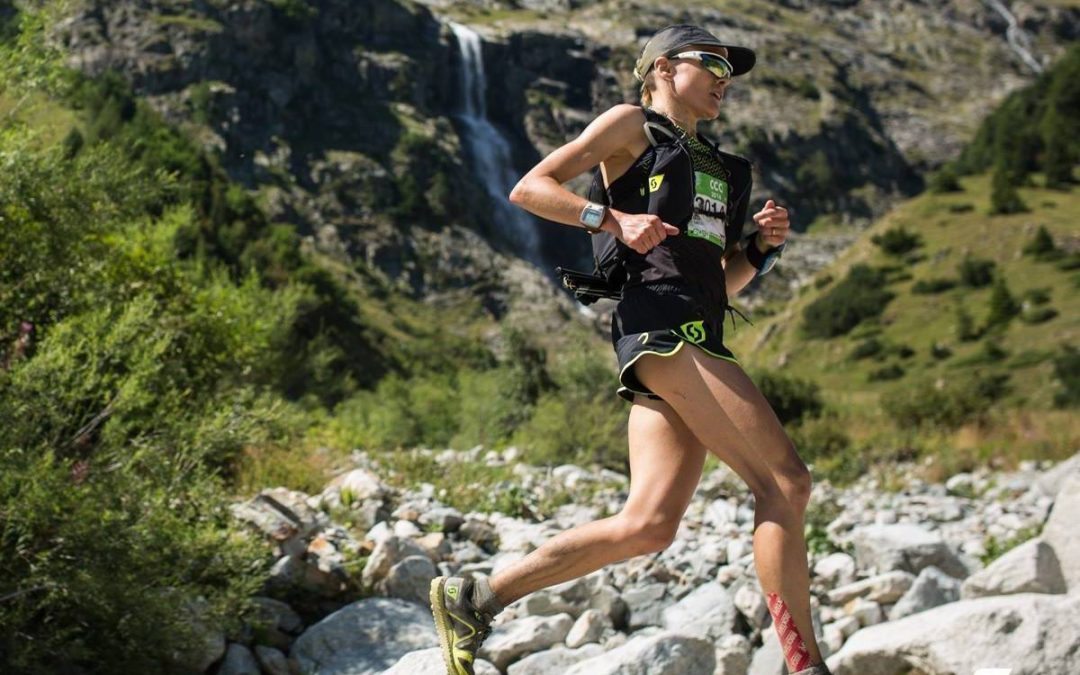English Institute of Sport Physiotherapist and top Ultra Runner Jo Meek (@running_squirrel) shares her tips for increasing performance and avoiding injury.
The New Year is a great opportunity to plan ahead and set new fitness goals. You can’t hit a target if you don’t have one!
Running could be your target. Whether it’s your aim to get fit in the year ahead, improve your level of fitness or just run more miles in preparation for a race establish a routine. Start small and be realistic.
Just want to start running? Start with two or three run- walks a week: walk for one minute, run for a minute and repeat this five times. Every third session add an additional minute or run more and walk less and build up to 20 minutes and beyond.
If you’re already running then set a race goal: A new 5km personal record time or build a foundation over the winter and target a spring marathon.
Running is a great place to start but every runner needs an addition to their training to increase longevity in the sport and prevent getting injured. Strength training and mobility exercises would be great supplement to your routine.
Strength training makes you a better runner because it improves performance by increasing efficiency and decreases the risk of injury. By increasing your strength you will fatigue less and subsequently maintain better running posture. This ensures you can stay focused looking forward, keep breath optimal and get a full good trunk position enabling maximal extension of your legs. Ultimately this means more power so you can run faster and further.
So let’s start with the essentials.
 One for glute max and the hamstrings: Single Leg Bridges
One for glute max and the hamstrings: Single Leg Bridges
Lie on your back and cross your arms over your chest. Bend one knee and straighten the other.
Brace yourself, then drive the heel of the bent knee into the floor and push your hips up until your body is in a straight line from your shoulders to the toes of your outstretched foot. Pause. Slowly lower. Repeat on the same side x 8-12. Switch legs. Aim for 3 x 8-12.
 One for glute med and the abdominal obliques: Side Plank Leg Lifts
One for glute med and the abdominal obliques: Side Plank Leg Lifts
Lie on one side resting on your elbow and knee. Lift your hips up so your body is in a straight line.
Straighten out your top leg. Lift it up and down x 15
Aim for 3 x 15 both sides.
 One for the quads: Split Leg Squats
One for the quads: Split Leg Squats
Stand up and take a big step backwards with one leg so you are in a split stance position. Squat down until your front thigh is parallel with the floor.
Don’t lunge forward allowing your knee to travel over your toes and try to keep your balance.
Aim for 3 x 8-10
To ensure full range of motion while running mobility exercises are important too. They help you stop getting stiff and allow your muscles to stretch in an active way.
Here are some examples to target the trunk.
 One for the lower back: Lumbar Rotation
One for the lower back: Lumbar Rotation
Lie on your back with your arms in the crucifix position. Roll one leg over the other and breath into the stretch. Your aim is to keep your shoulders horizontal and rotate your hips vertically. Hold for 30secs x 3 each side.
 One for the thoracic spine: Thread the Needle
One for the thoracic spine: Thread the Needle
Start on your hands and knees and then thread one arm through the gap on the opposite side. Push into the rotational stretch. Hold for 20secs x 3 each side.
 One for the hip flexors: Hip Lunge
One for the hip flexors: Hip Lunge
Start in high kneeling and bring one knee through. Get your balance. Push your hips forwards so you can feel the stretch at the front of your thigh. Hold for 30secs x 3 each side.
 One for the glutes: Pigeon stretch
One for the glutes: Pigeon stretch
Sit with your right knee bent and your left leg extended behind you. Pull the right heel in toward your left hip. Try and keep your left hip pointing down toward the floor. Walk your hands out in front of you, allowing your torso to rest over your right knee. Hold for 30secs x 3 each side.
You can keep up to date with Jo’s running exploits on her blog or follow her on instagram @running_squirrel

 One for glute max and the hamstrings: Single Leg Bridges
One for glute max and the hamstrings: Single Leg Bridges One for glute med and the abdominal obliques: Side Plank Leg Lifts
One for glute med and the abdominal obliques: Side Plank Leg Lifts One for the quads: Split Leg Squats
One for the quads: Split Leg Squats One for the lower back: Lumbar Rotation
One for the lower back: Lumbar Rotation One for the thoracic spine: Thread the Needle
One for the thoracic spine: Thread the Needle One for the hip flexors: Hip Lunge
One for the hip flexors: Hip Lunge One for the glutes: Pigeon stretch
One for the glutes: Pigeon stretch